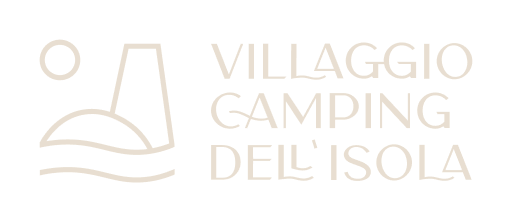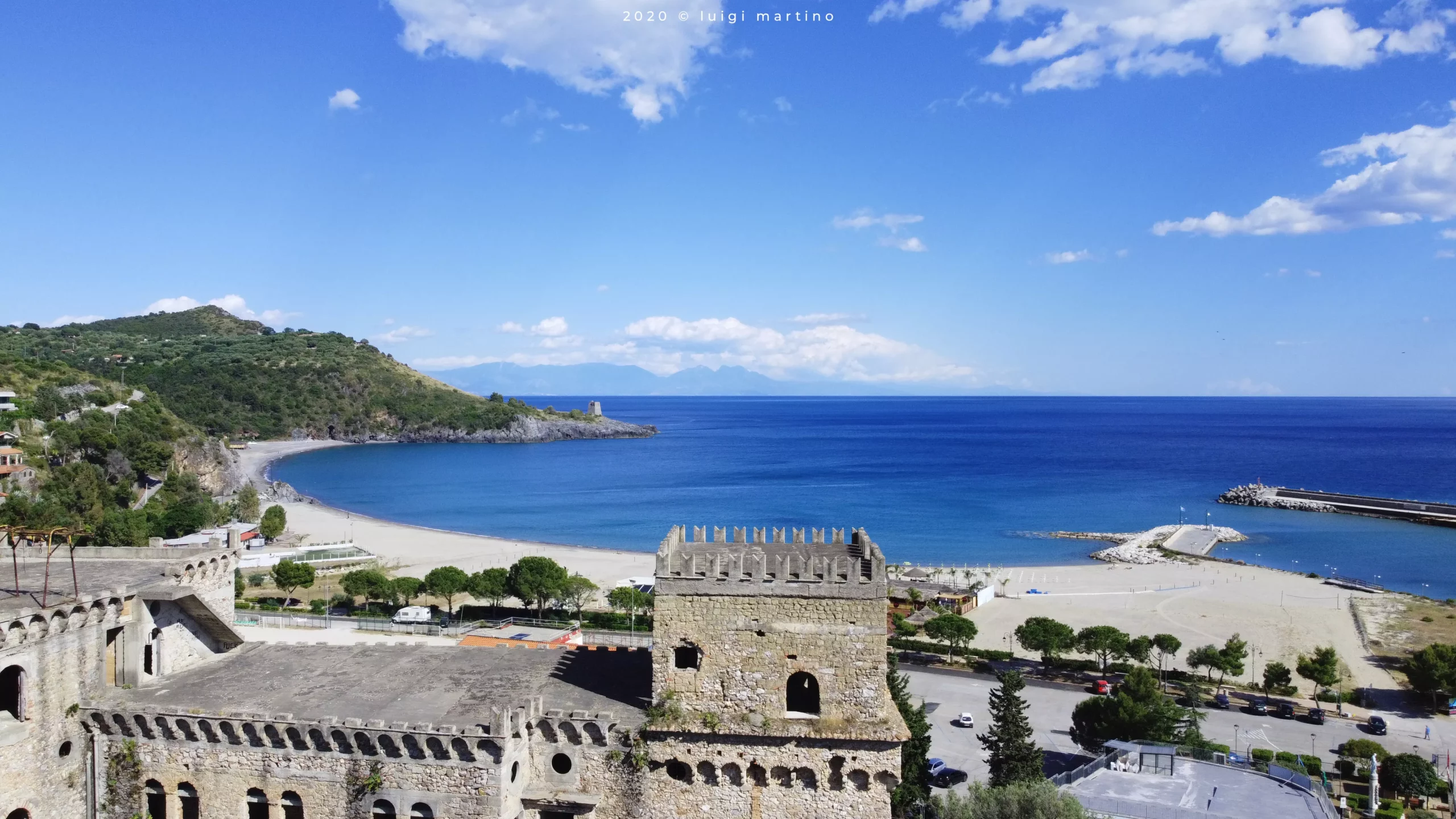Sea, Beaches, Attractions and Hidden Treasures
Marina di Camerota: the Pearl of Cilento
An enchanting sea, unspoilt beaches, a charming seaside village, superlative local cuisine and many historical and cultural sights to discover. It is by no means a coincidence that Marina di Camerota is considered the Cilento summer resort par excellence. The small hamlet in the municipality of Camerota in the province of Salerno is a must-see location for those who enjoy relaxing holidays amidst breathtaking natural surroundings and scenery.
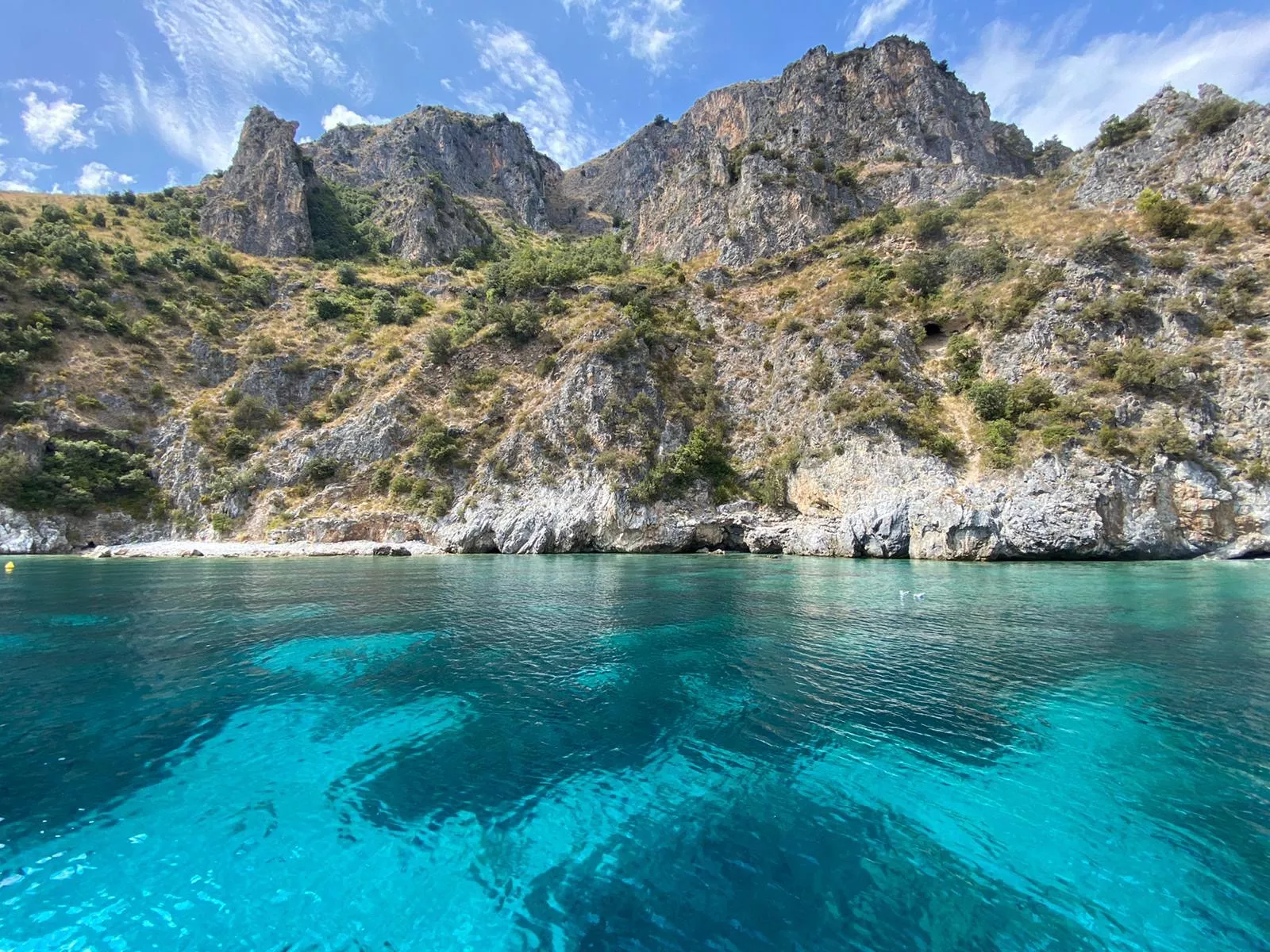
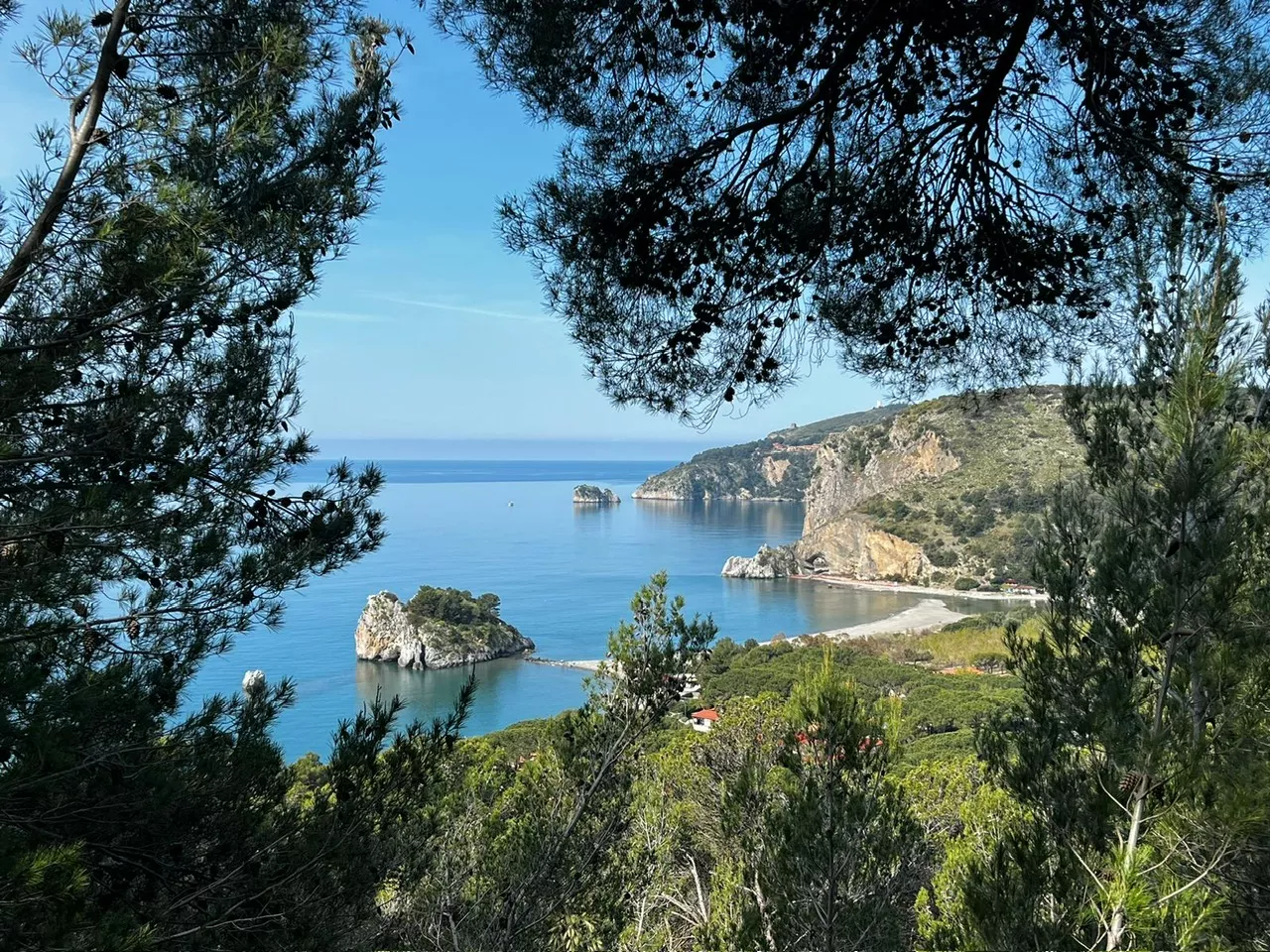
The sea and beaches of Marina di Camerota
The sea and beaches of Marina di Camerota are, undoubtedly, the area’s main attraction. It is known as the Pearl of Cilento, first and foremost due to its extraordinary coastline. The first beach you will see is Marina delle Barche, also known as San Domenico Beach, one of the most popular areas in the summer, with a sandy shoreline, fitted out with beach umbrellas, deck chairs and play areas for children.
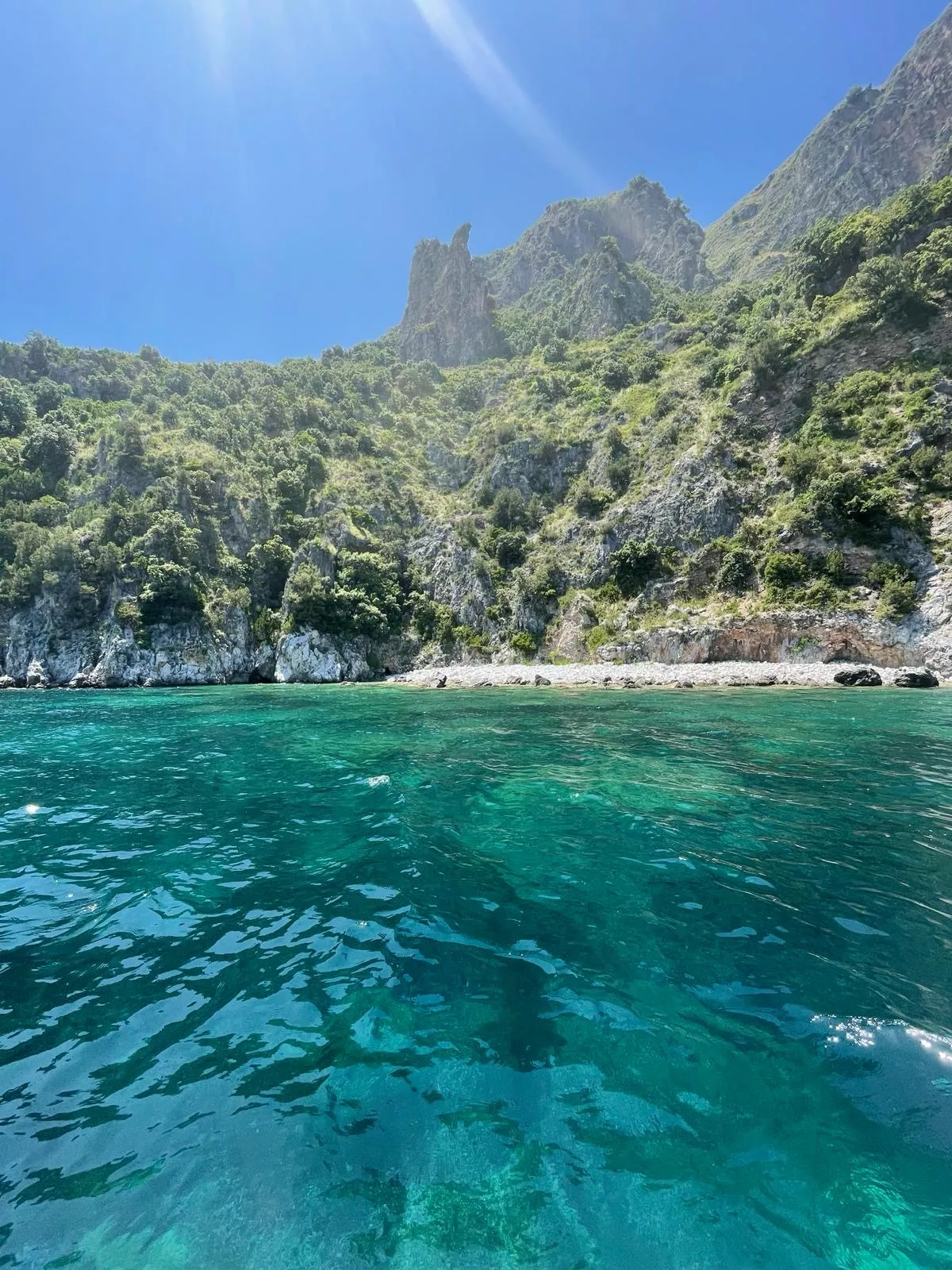
But another place worth exploring is Lentiscelle beach, surrounded by cliffs with a sand and pebble shoreline and deep, transparent waters. The Calanca beach, on the other hand, nestling between two small rocky promontories, has a shallow, slowly sloping seabed, making it ideal for children. Also worthy of note is the Mingardo beach, outside the town, the longest of all, comprising a series of beaches totalling 7 km, such as Cala del Cefalo, Cala d'Arconte and La Vela beach. Last but not least, the Troncone beach, with its fine pebbles, in the lee of a soaring rock face.
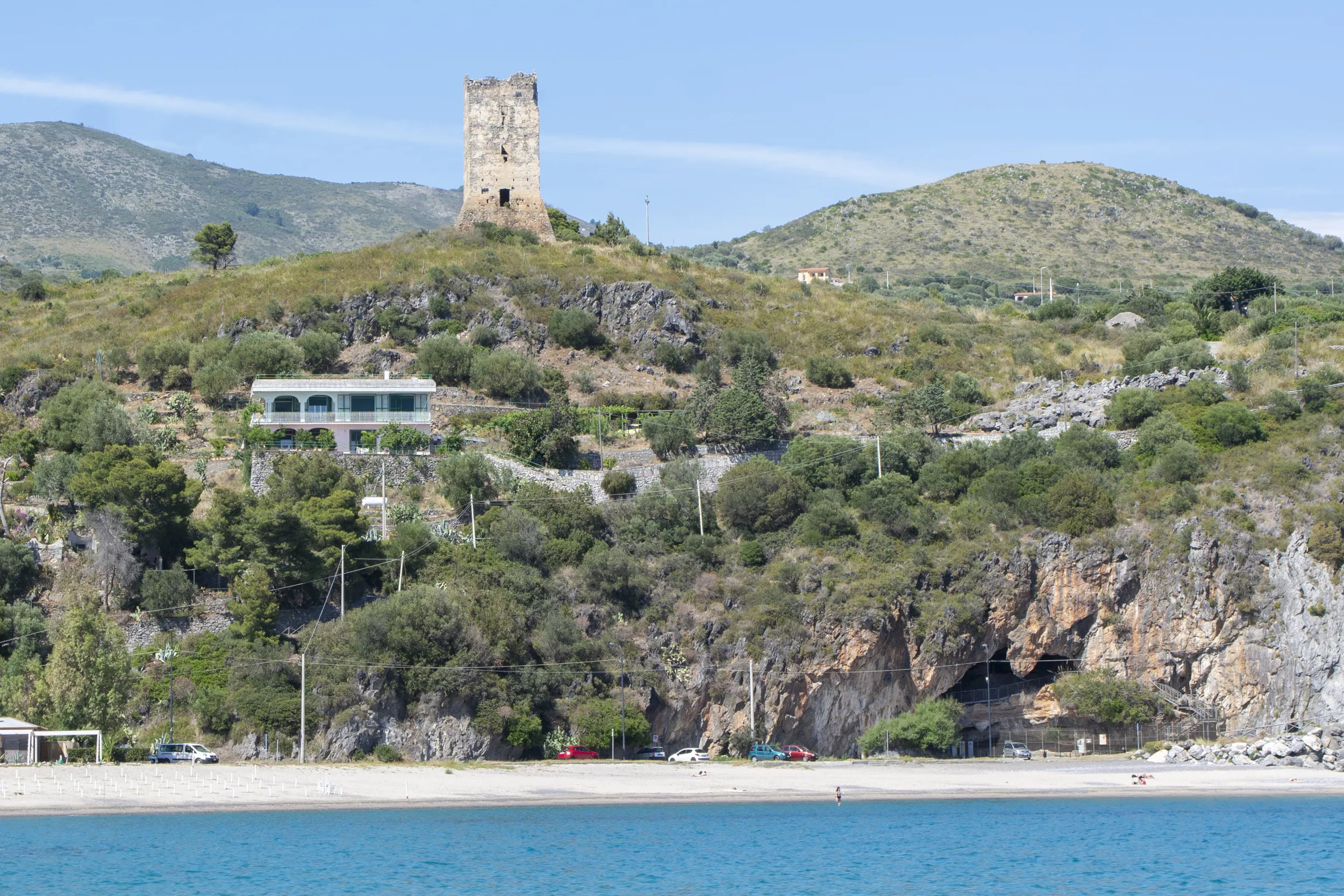
Things to see in Marina di Camerota
In addition to the beaches and the sea, the upper town of Camerota is a delight to explore during a holiday in Marina di Camerota. The centre of the Cilento municipality is located on a hill about 7 km from the coast and the Marina. Camerota’s high, perched position, which commands a panoramic view, is particularly characteristic, and the mediaeval castle in Piazza Vittorio Emanuele III, dominated by a Norman tower, is well worth a visit.

The historical buildings also include the Saracen towers, located at regular intervals along the coast of Marina di Camerota and its neighbouring municipalities. They were built in the 15th-16th centuries when the region was being attacked by the Turks. There are as many as 13 towers in the Marina di Camerota area alone, one of which is incorporated in the Palazzo Marchesale.
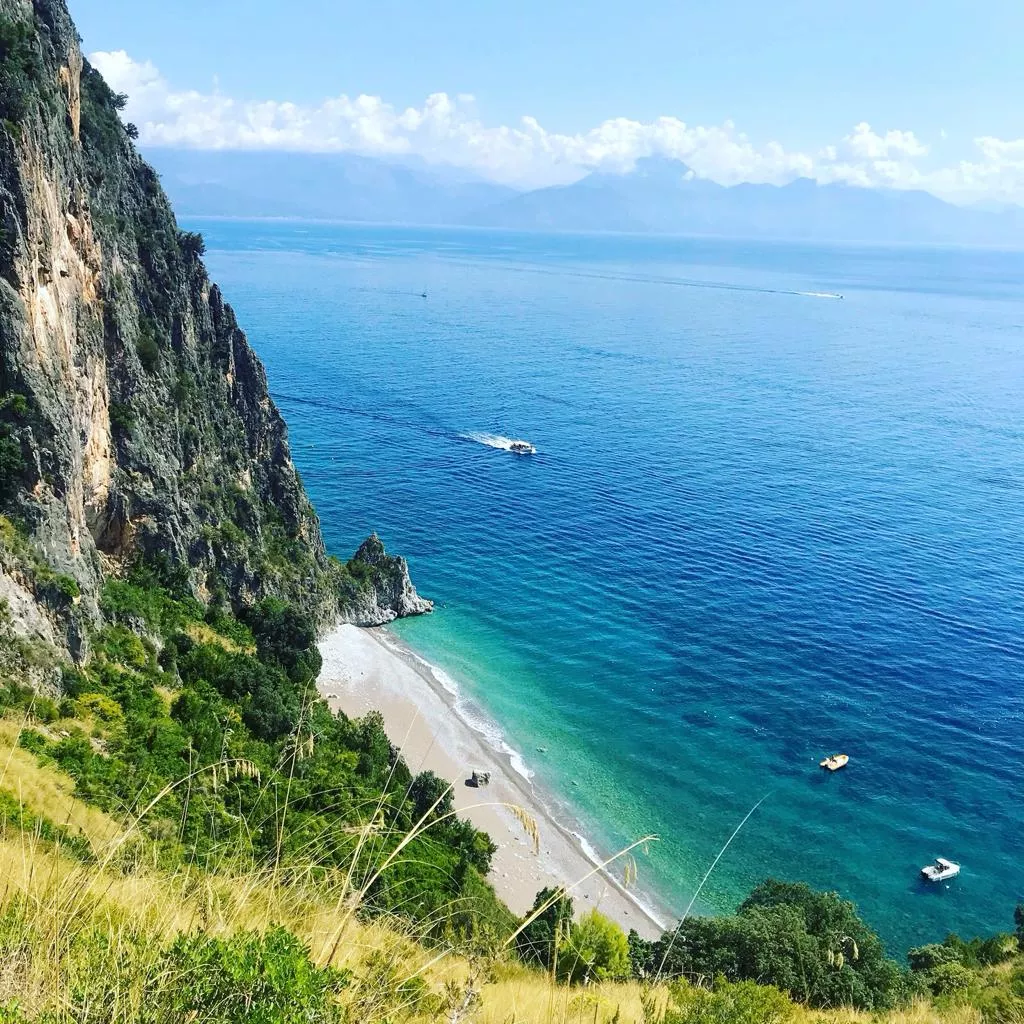
Things to do in Marina di Camerota
To see the beauty of the coast at its best, a boat trip is, as always, recommended as the best way to discover bays, hidden coves and gorges that can only be reached from the sea. Breathtaking sights include the Grotta degli Innamorati (Lovers’ Grotto), the Grotta del Pozzallo, and the cove called the Baia degli Infreschi, a protected nature reserve. Two prehistoric grottoes overlooking the sea, the Grotta della Serratura and Grotta della Cala, can also be visited. Muvip (Palaeolithic Virtual Museum) provides information on the coastal grottoes where humans lived during the Old Stone Age.
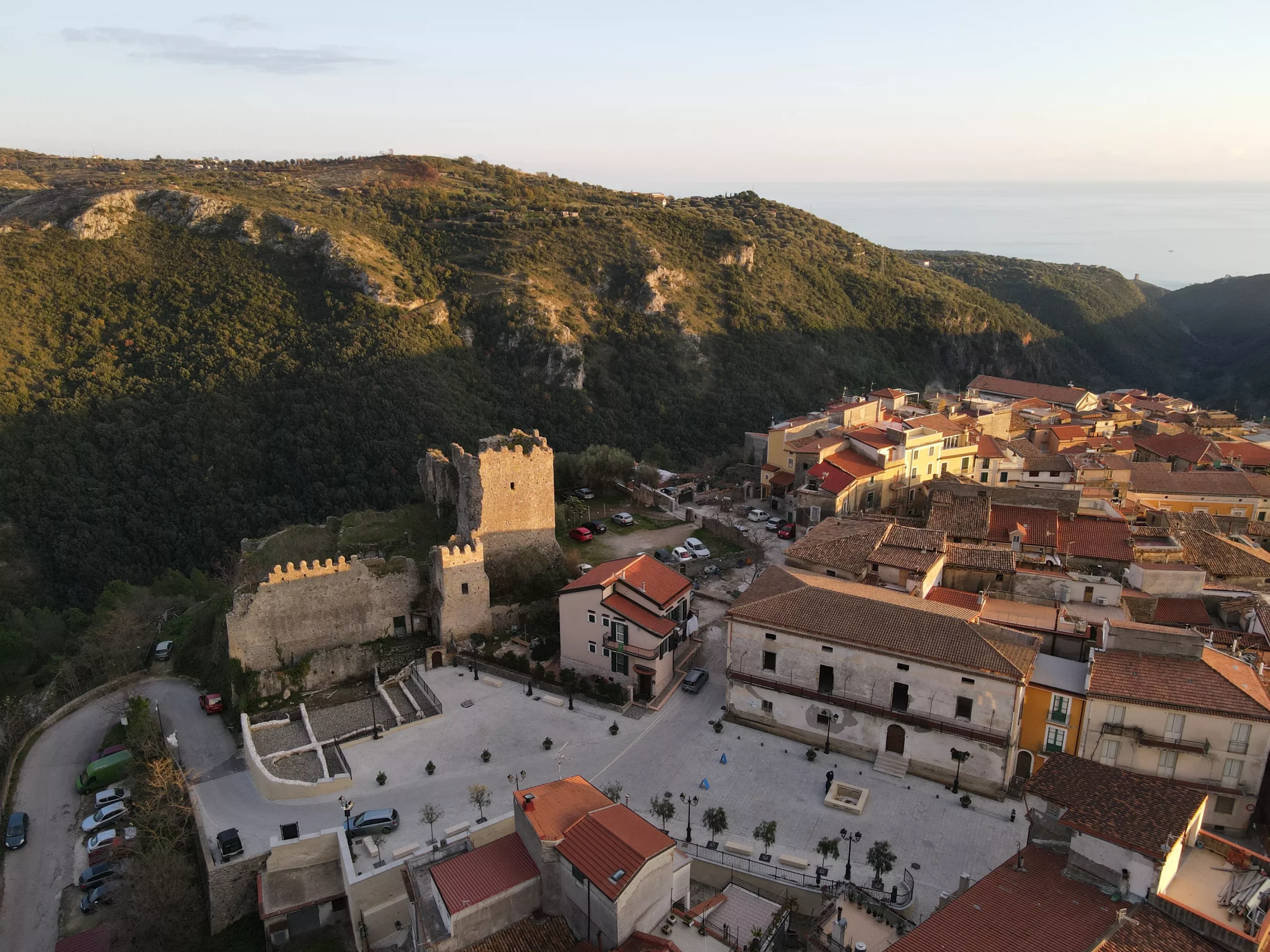
On the list of things to do in Marina di Camerota, an absolute must is a visit to the old fishing village to explore its brightly coloured alleys, charming archways and steep stairways leading down to the sea. A stroll that will reveal a truly authentic place. And at last, you will discover the cuisine of Cilento. The local culinary tradition consists of economical but tasty recipes which are extraordinarily simple but flavourful, and widely appreciated beyond the confines of Campania.
How to get to Marina di Camerota
You can get to Marina di Camerota by taking a High Speed train from any of the major Italian cities to Sapri station, or an Intercity train to Pisciotta/Palinuro.
If, on the other hand, you are travelling by car, continue along the A3 motorway till you reach the Padula/Buonabitacolo intersection. Then take the SS517 state road in the direction of Sapri until you reach the intersection of Vallo della Lucania, Palinuro and Marina di Camerota. The journey then continues along provincial road SP430 up to the Poderia intersection. At this point, turn again in the direction of Palinuro and Marina di Camerota. Turn off at the Palinuro intersection and keep following the signs for Marina di Camerota for approx.10 km.








![$item['short_language_name']](https://www.villaggioisola.it/wp-content/plugins/translatepress-multilingual/assets/images/flags/it_IT.png)
![$item['short_language_name']](https://www.villaggioisola.it/wp-content/plugins/translatepress-multilingual/assets/images/flags/en_GB.png)
![$item['short_language_name']](https://www.villaggioisola.it/wp-content/plugins/translatepress-multilingual/assets/images/flags/de_DE.png)
